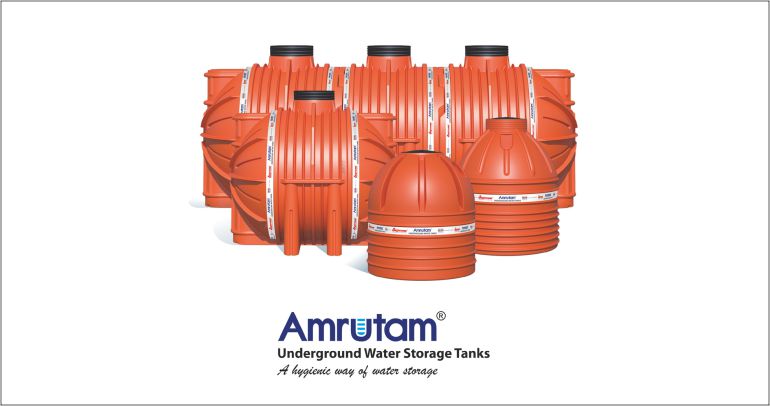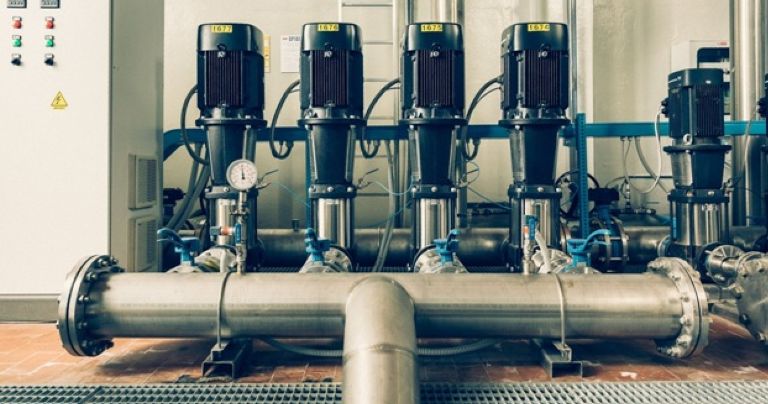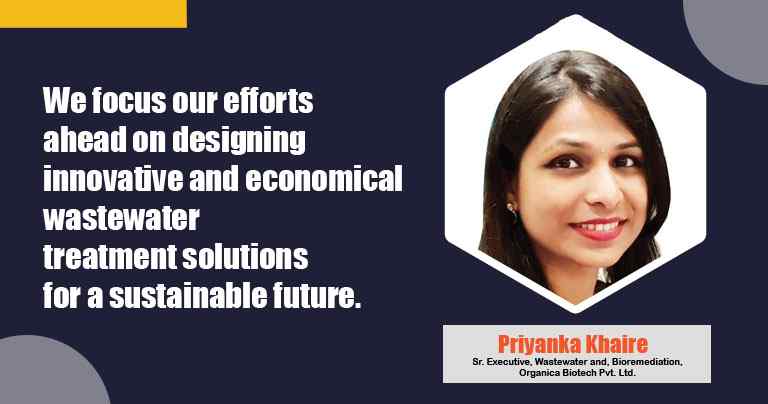Cera Q Ceramic membrane for high temperature application
By Edit Team | December 23, 2016 10:14 am SHARE

Ceramic membranes are growing in acceptance in the water and wastewater treatment industries due to their ability to handle challenging feed water conditions, ability to operate at higher temperatures and wide chemical compatibility. Due to the rigid material of construction and broad chemical resistance, QUA’s Cera Q ceramic ultra filtration membranes offer high quality filtration in virtually any environment. The ceramic membrane is a very viable technology for produced water treatment. Oil water separation has been a difficult process to perform using a polymeric membrane and ceramic membranes are becoming recognized as a superior and cost effective solution for this challenging application. The QUA Cera Q membranes are tubular and operate in an inside-out configuration. The tubular design reduces the permeate pressure drop and allows the system to operate at a lower pressure with a high permeate flux. Cera Q modules consist of 3.5 mm ID ceramic tubular elements potted into bundles for various surface area requirements. The alumina based ceramic membranes have proprietary coating which ensures long service life and a high degree of permeate recovery. Other features of Cera Q modules include their durability and material stability while cleaning the membrane with aggressive solvents if required.
Cera Q filter modules are available in four different pore sizes in the microfiltration and ultra filtration ranges: 0.4, 0.05, 0.01 and 0.005 micron. The various pore sizes address diverse applications with a high degree of particulate removal at a higher flux. Cera Q is ideal for applications where conditions are not well suited for polymeric membranes such as wastewater with high fouling characteristics and/or high process temperatures. Cera Q modules are ideal for wastewater recycle / reuse applications in a wide range of industries such as upstream oil & gas, petrochemicals, refinery, food & beverage, and textiles etc.
Features:
• Well defined pore size distribution in comparison with polymeric membranes, resulting in high degree of particulate removal at higher flux.
• Suitable for high temperature application.
• Material stability in harsh environments and compatible with aggressive cleaning chemicals.
• Various pore sizes to address diverse applications.
Advantage:
• Low cost: Cera Q membranes are specially developed for waste water applications and prepared from low cost inorganic oxides, are simple to extrude, and are fired in furnaces under air atmosphere.
• Higher quality filtration, consistently.
• Reliability: Stronger, more durable membrane layers make the membrane layers much more resistant to delaminating, and chemical attack particularly when subjected to aggressive thermal cycling.
• Low fouling: Tubular configuration eliminates dead pockets which results in reducing fouling of membranes.
Cera Q has been successfully installed in an automotive parts manufacturing plant, which had been using a polymeric membrane to remove oil from water it used to rinse parts. The rinse water contained between 6% and 7% oil and the customer wanted to remove >95% of the oil from the water so the water could be reused in the plant. The polymeric membranes were irreversibly fouled and required replacement every two months. The plant started evaluating alternative membrane products to reduce the costly membrane replacement.
QUA worked closely with one of its OEM partners to develop a process to remove the oil from water. A 0.05 μm pore size was selected based on historical test data performed by QUA on oil water separation. The 0.05 μm membrane was found to remove more than 95.5% of emulsified engine oil from water in several pilot tests. After the system was reconfigured to accept QUA CQ50 ceramic membrane, the system was quickly commissioned. Reconfiguration and commissioning was relatively simple and took approximately one week.
Cookie Consent
We use cookies to personalize your experience. By continuing to visit this website you agree to our Terms & Conditions, Privacy Policy and Cookie Policy.




































-20240213125207.png)

























